GameStop appears to be slowly becoming a hybrid firm, locked between Web3 and brick-and-mortar. The company’s NFT marketplace surpassed the $5 million trading volume milestone on November 7. At a time when the general NFT market dropped by 60% in Q3 from an already decimated Q2, could it be the starting point of a trend?
It seems there is a secret ingredient to GameStop marketplace success – blockchain gaming is majorly powered by ImmutableX.

What Is ImmutableX?
Although ImmutableX (IMX) gained popularity after TikTok picked it for its Top Moments NFTs, the network already had a great reputation. The Australian team responsible for the NFT trading card game Gods Unchained stepped up beyond blockchain gaming into platform developments.

Robbie Ferguson, James Ferguson, and Alex Connolly launched ImmutableX in 2018. It was introduced as a super cheap (near-zero gas fee) and fast protocol to help in the processing of NFT transactions. Since it is an Ethereum layer 2 scaling network, ImmutableX can easily handle the bulk of blockchain assets, including ERC-721 tokens (NFTs) and ERC-20 (regular crypto tokens).
In general, ImmutableX is focused mainly on making blockchain gaming accessible for players and game developers. Since blockchain gaming revolves mostly around nonfungible tokens, as playable and tradable in-game assets, ImmutableX made it quite convenient and affordable to do it without getting drained by ETH gas fees.
GameStop’s Partnership With ImmutableX
After it confirmed its partnership with GameStop in February, the ImmutableX-powered NFT marketplace finally went live on October 31. Interestingly, it is GameStop’s entry into the growing Web3 ecosystem, dominated by the metaverse and blockchain games.
Since then, within one week, GameStop traded more than $5 million worth of volume on IMX. Cumulatively, ImmutableX minted at least 52 million NFTs in 2022, facilitating more than 8.9 million NFT trades. Although Axie Infinity paved the way for blockchain gaming, some of the rising stars expected to be on GameStop soon include, Gods Unchained, Illuvium, Guild of Guardians, Ember Swords, and Bitverse.
Why GameStop Is Becoming A Web3 Company
With its well-designed non-custodial browser wallet, GameStop is expected to go full Web3. The gambit is simple. Based on GlobalData projection, the metaverse market size is expected to reach $996.42 billion by 2030. Notably, even without accounting for Web3 games, in-game spending by 2025 is forecasted to reach 74.4 billion.
For players, this represents an exclusive opportunity that has never existed previously. Outside of e-sports and Twitch streaming, there was no way to have a constant income directly from gaming. After all, traditional games have their marketplaces locked to accounts.
Even if one was to spend $10,000 on these in-game assets, they remain untradeable and valuable just to the account holder. Blockchain gaming flips this economy around, making all the in-game assets publicly tradable, from nonfungible tokens to native utility and governance tokens. In other words, Web3 games transfer the in-game asset ownership to players.
What Comes Next For GameStop?
As the firm’s next move, GameStop planned to partner with the FTX exchange. But, with the hot war between Binance and FTX escalating, there might be a change of plans. In the meantime, GME stock has remained above negative returns in the past 30 days, at +1.18%.
GME stock has so far lost -32.87% of its value year-to-date, now trading at $25.66 per share. That is a 239% plunge from its all-time high of $86.88 in January 2021. Currently, GME open interest (OI) is higher than average, after increasing by 2.1% daily, suggesting a continuation of its meme stock trading status.

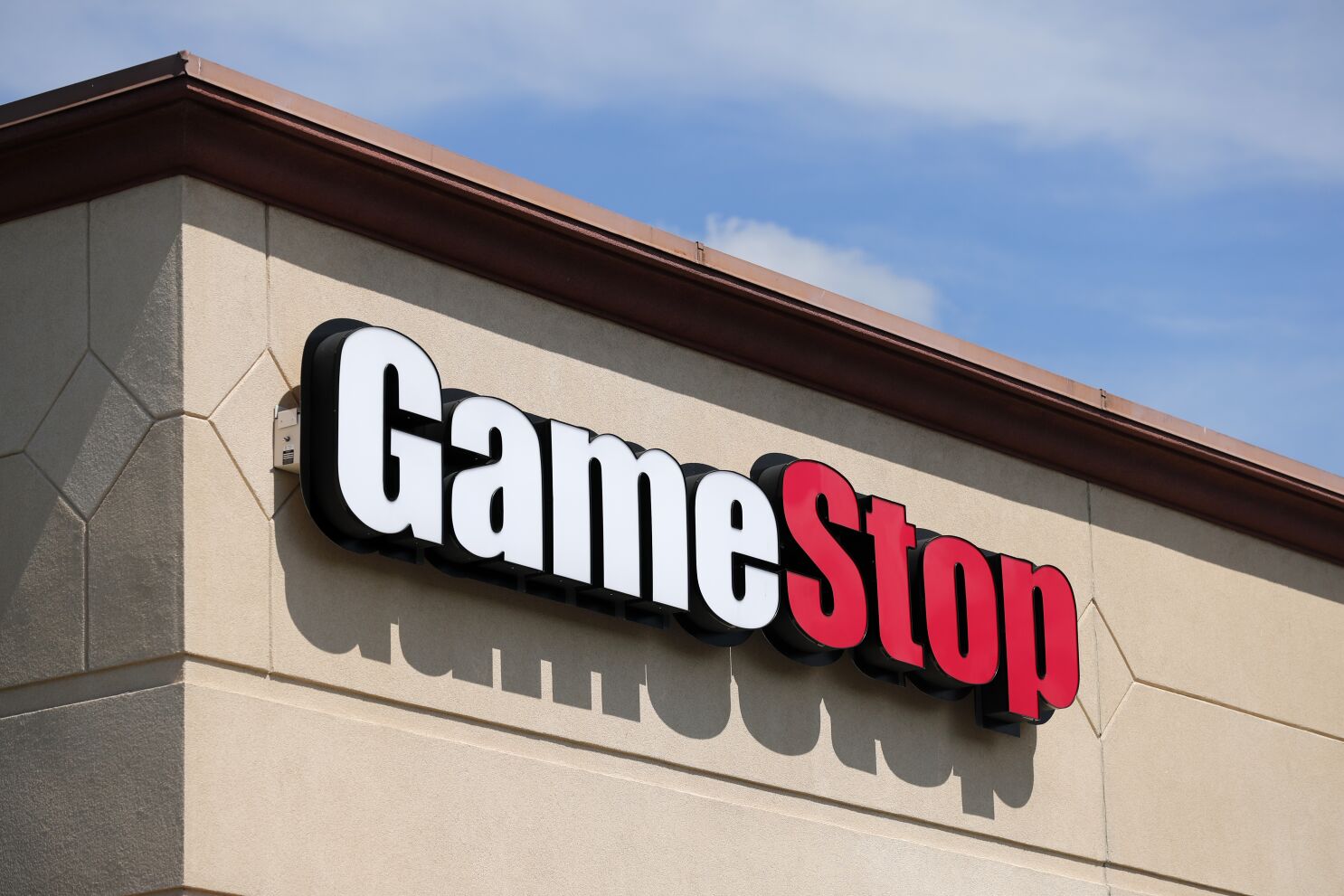
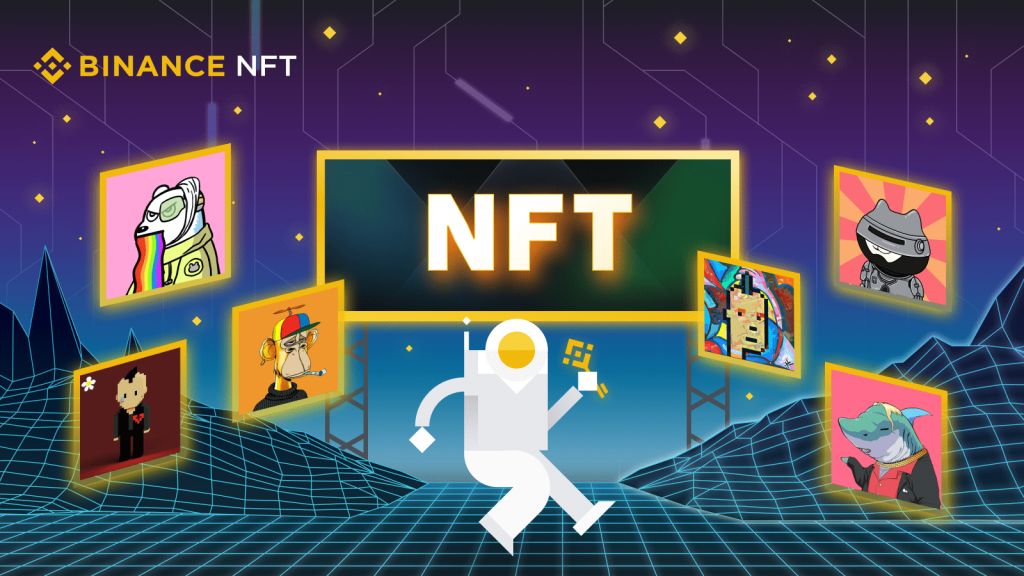
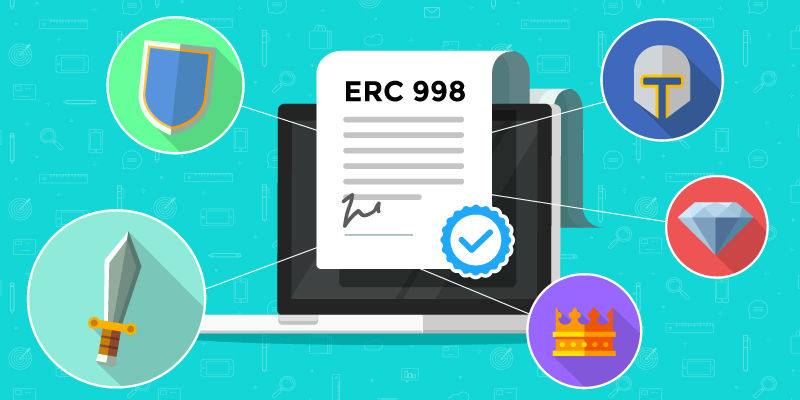
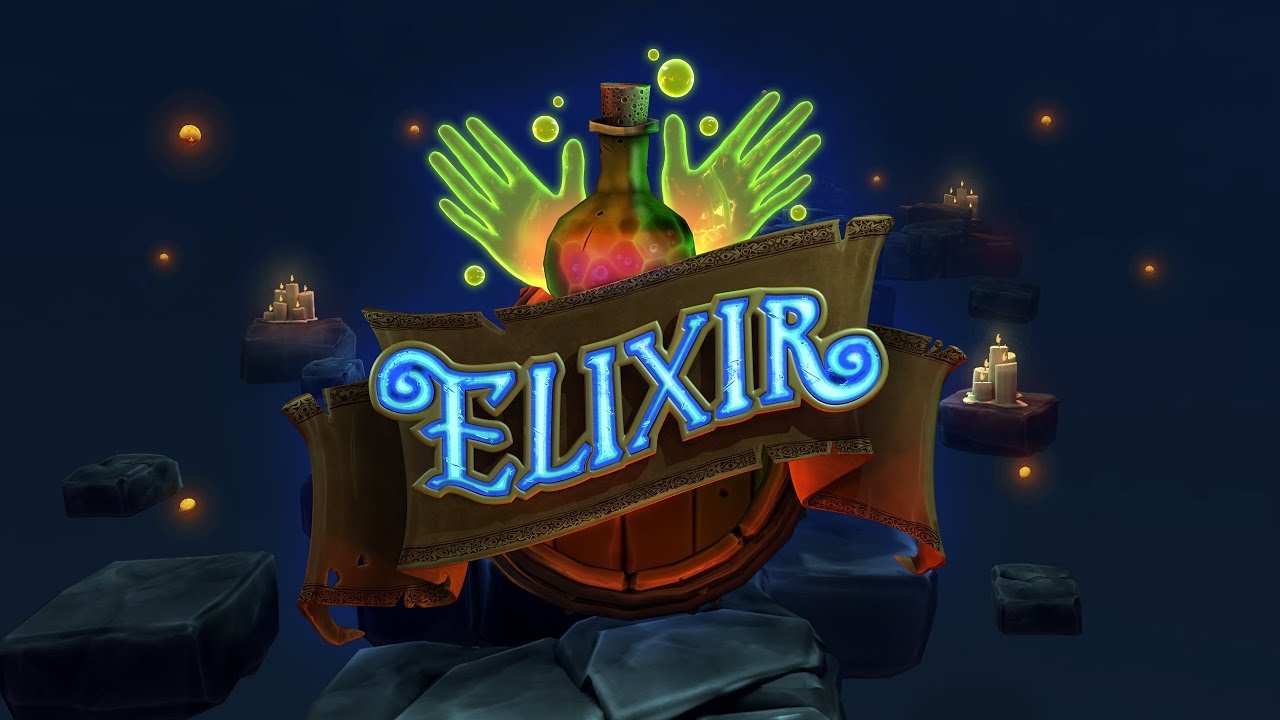
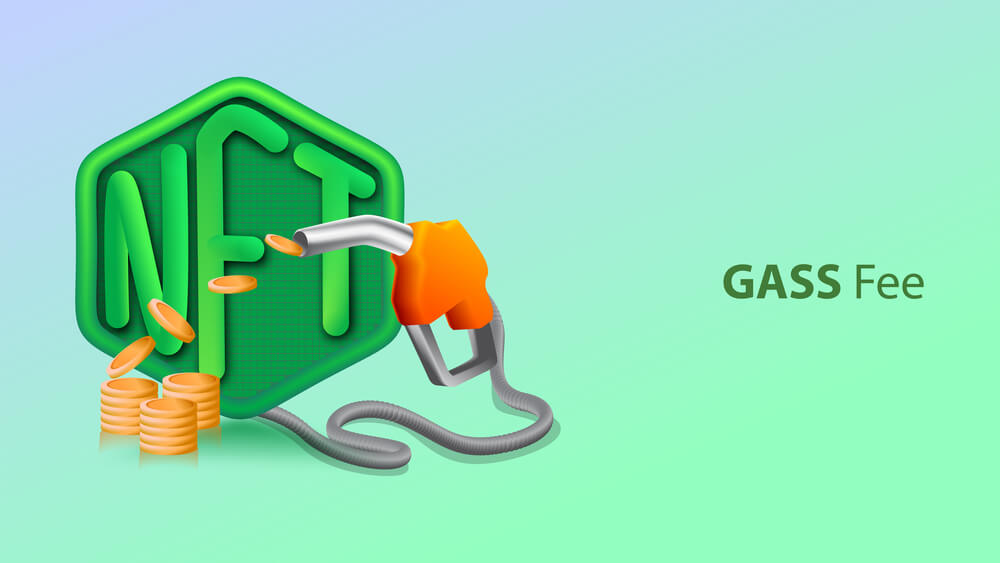
1 comment